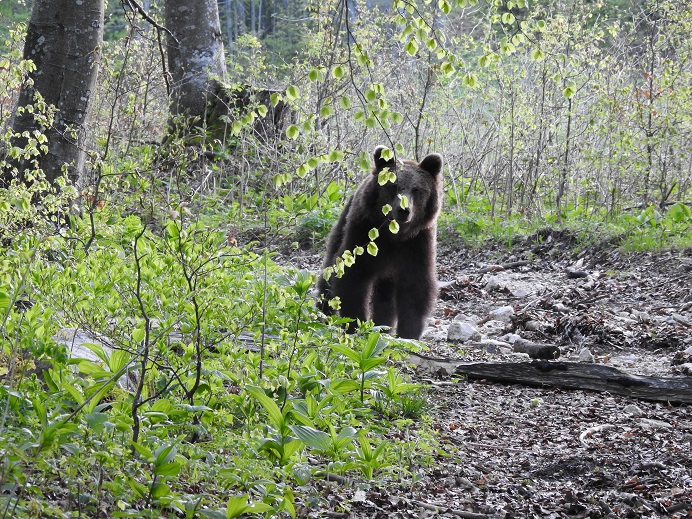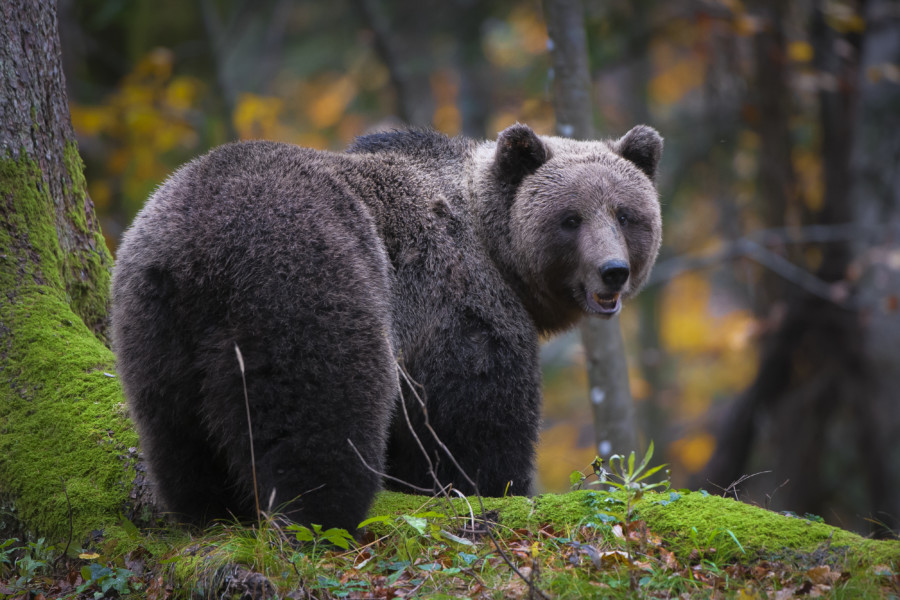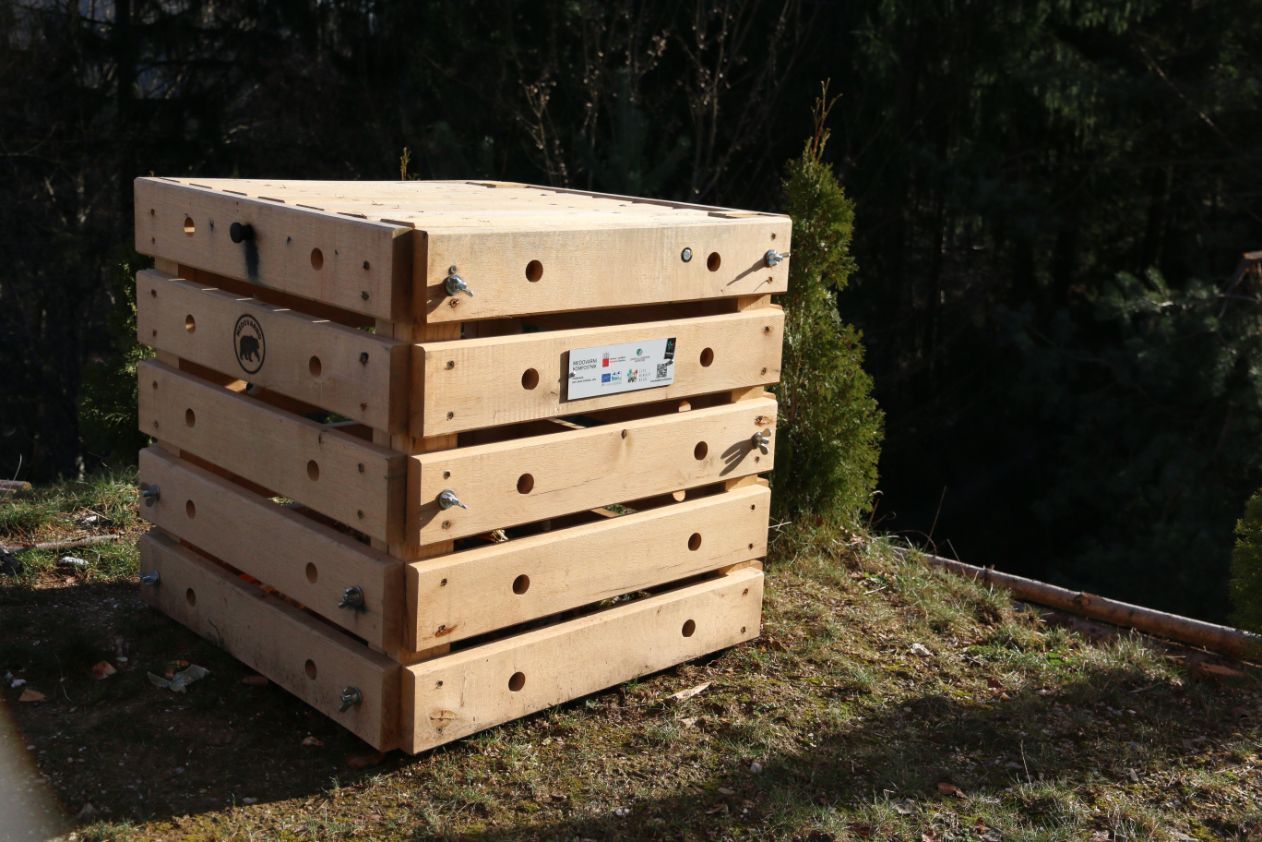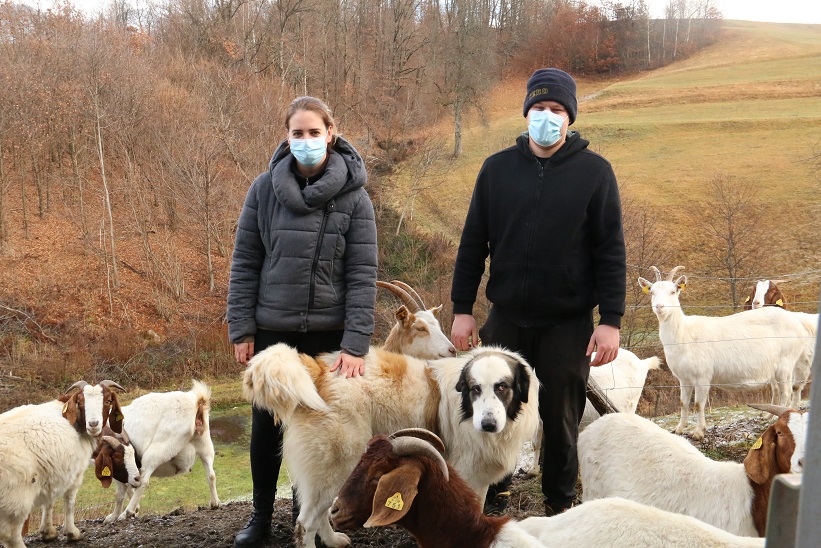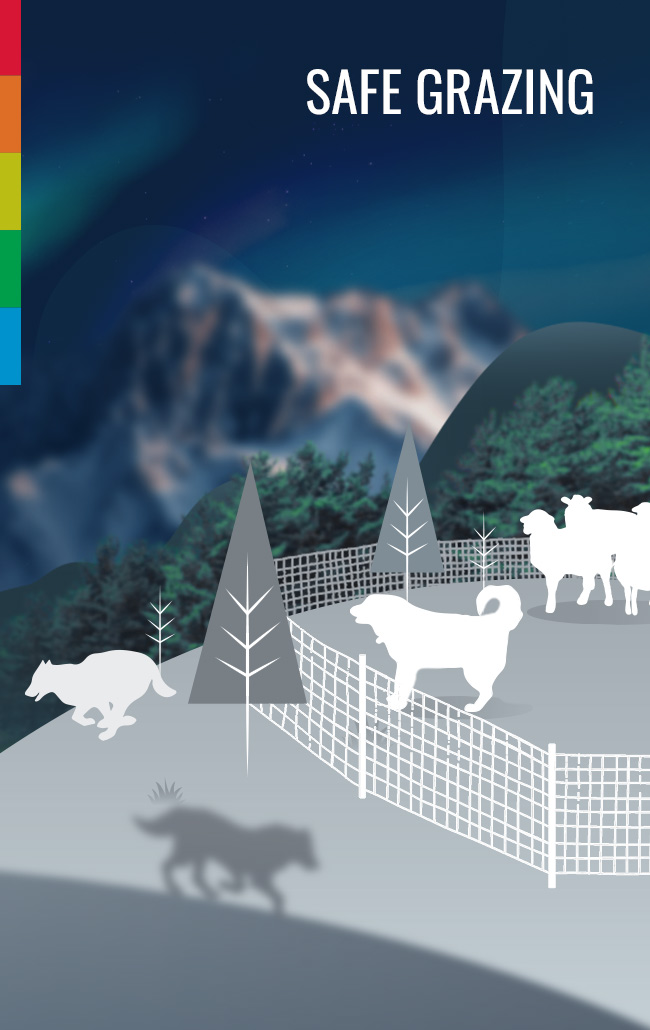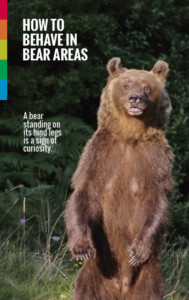The brown bear male from the pre-alpine area of western Slovenia, nicknamed Rok at the time of capture, was the last bear equipped with a telemetry collar in the frame of LIFE DINALP BEAR project. He was captured and fitted with a radio-collar at the end of May 2019 and since then his collar has been sending the GPS locations of his movements. In total, we acquired more than 13.000 data points.
During this period, Rok stayed mainly on the forested plateau “Trnovski gozd”. Occasionally he wandered to the Banjšica plateau and towards the Idrija hills. There he kept the direction of the Idrija fault, which he crossed only once. In the Trnovski gozd area, he mostly kept to its northern edge and central parts. In the south, he came all the way to the southern edge, but never descended to the Vipava valley. In the east he reached Otlica, and in the west almost the settlement of Banjšice.
Rok is a mountaineer that descended the lowest to 230 m above the sea level, but otherwise remained well above 500 m above sea level. He crossed the Čepovan valley several times, often using one of the two routes. The first, and most frequently used, ran through the middle of the valley, where the valley turns to the southwest. He used the second route at the northern end of the valley.
Although he wandered hundreds of kilometres in the occupied area (24 km N-S, 21 km E-W), he spent a lot of time at the points of anthropogenic influence: at three feeding sites. Most often, he visited the feeding site south of Vojsko on Hudo polje.
In the winter 2019/20, Rok spent the coldest months on the steep slopes of the northern edge of the Trnovski gozd, called Govci. He stayed there between 16.11.2019 and 14.2.2020, but left the area only on 23.2.2020. The following winter he wintered again here on the northern edge, but rested only for a short time in December and early January. Until mid-March, however, he used a very small area, only about 8 km long and 1.5 km wide, including only one trip to the Čepovan valley. In March and April 2021, he temporarily left Trnovski gozd and wandered through a large area between Srednja Kanomlja, Dolenja Trebuša, Podgozd and Čaven.
Thus, with the help of Rok, we obtained valuable data on brown bear movement patterns in the pre-alpine area, which is also crucial for a better understanding of bear movements toward northern Italy and Austria and thus further toward Central Europe. We also gained valuable insights into the spatial behaviour of bears, such as influence of anthropogenic feeding sites on its movement, wintering patterns with the choice of microlocations, and information about activity patterns in different seasons.




